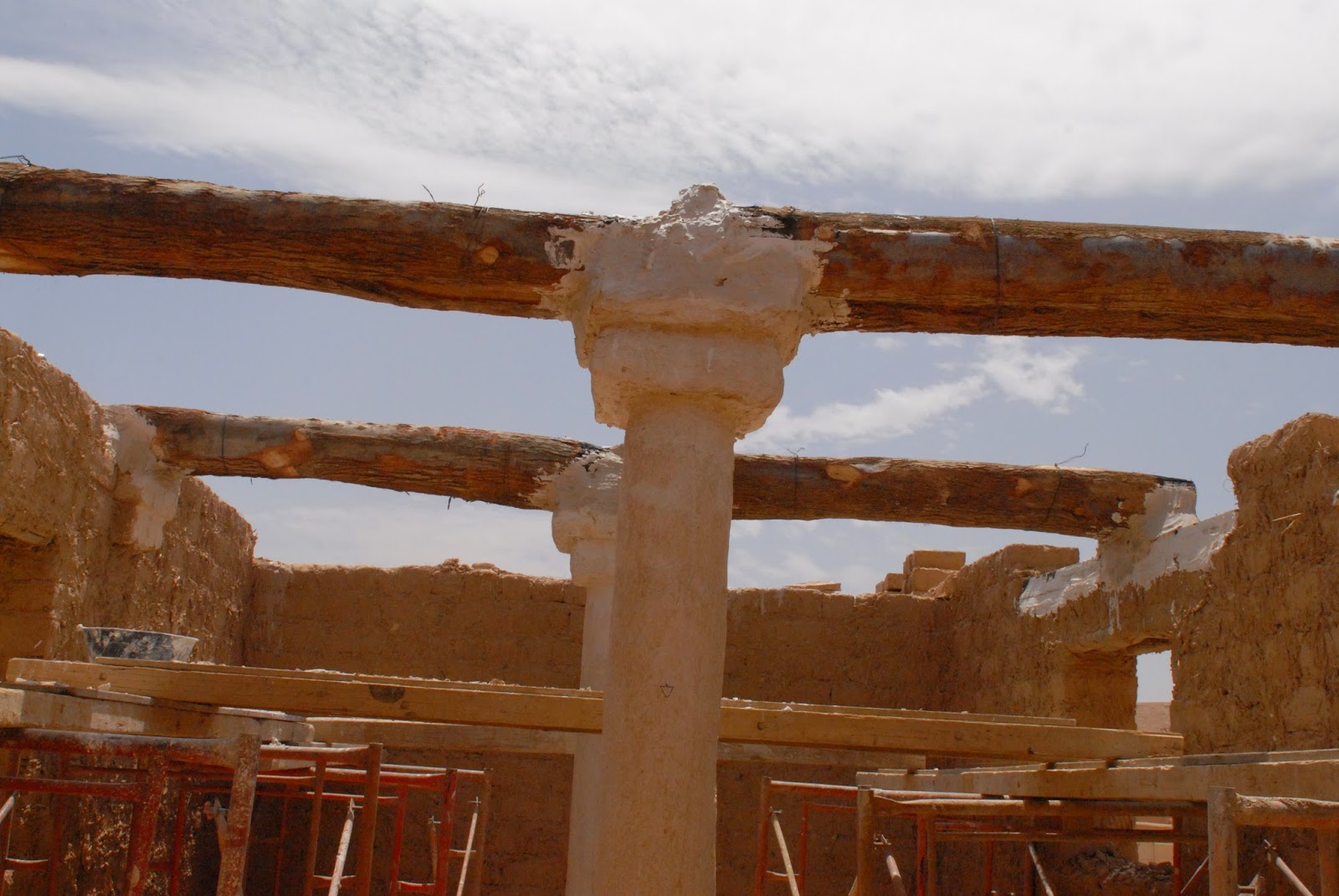Thursday, May 08, 2014 -  Getty Bronze,Getty Museum,J. Paul Getty Museum,OpEd: Italy’s Corte Suprema di Cassazione and the Getty Bronze: What will be the fate of the Fano Athlete?Bronze,Victorious Youth
Getty Bronze,Getty Museum,J. Paul Getty Museum,OpEd: Italy’s Corte Suprema di Cassazione and the Getty Bronze: What will be the fate of the Fano Athlete?Bronze,Victorious Youth
 No comments
No comments
 Getty Bronze,Getty Museum,J. Paul Getty Museum,OpEd: Italy’s Corte Suprema di Cassazione and the Getty Bronze: What will be the fate of the Fano Athlete?Bronze,Victorious Youth
Getty Bronze,Getty Museum,J. Paul Getty Museum,OpEd: Italy’s Corte Suprema di Cassazione and the Getty Bronze: What will be the fate of the Fano Athlete?Bronze,Victorious Youth
 No comments
No comments
Italy’s Corte Suprema di Cassazione and the Getty Bronze: Case postponed again until June 4, 2014
By Lynda Albertson, CEO, ARCA
In a story that seems like it will never end, Italy’s Corte Suprema di
Cassazione (Supreme Court of Cassation) was scheduled to hand down its final ruling today at
the Palace of Justice in Rome on the fate of the l’Atleta di Fano, commonly
known by as The Getty Bronze, the
“Victorious Youth" or il Lisippo. The
bronze work of art, a representation of an athletic youth standing with all of his
weight on his right leg, is depicted crowning himself with an olive
wreath. It was purchased by the J. Paul
Getty Museum under less than transparent circumstances in 1977 for $3.95
million.
I spoke with Stefano Alessandrini, Consultant to Il Ministero per i Beni Culturali e Ambientali today, who was at the court awaiting today's verdict. He relayed that as many expected, the final decision has been postponed once again, citing that the case was "delicate".
 The
Getty Museum has been fighting a lower court's ruling by claiming that
the statue was found in international waters in 1964 and was purchased
by the Getty Museum in 1977 -- years after Italian courts concluded that
there was no evidence that the statue belonged to Italy. Throughout
this elongated court process, the J. Paul Getty Museum has maintained
that the statue's accidental discovery by Italian fishermen, who then
brought the bronze to Fano and hid it from authorities, did not grant
the statue the status of an Italian object.
The
Getty Museum has been fighting a lower court's ruling by claiming that
the statue was found in international waters in 1964 and was purchased
by the Getty Museum in 1977 -- years after Italian courts concluded that
there was no evidence that the statue belonged to Italy. Throughout
this elongated court process, the J. Paul Getty Museum has maintained
that the statue's accidental discovery by Italian fishermen, who then
brought the bronze to Fano and hid it from authorities, did not grant
the statue the status of an Italian object.
I spoke with Stefano Alessandrini, Consultant to Il Ministero per i Beni Culturali e Ambientali today, who was at the court awaiting today's verdict. He relayed that as many expected, the final decision has been postponed once again, citing that the case was "delicate".
After
years of discussions Italy's highest court still has not elected to issue its
ruling upholding a lower court's judgment that the "Victorious
Youth" was illicitly exported from Italy and as such, is subject to seizure. Instead the Terzo sezione penale della Suprema Corte
(Third Criminal Chamber of the Supreme Court) has shifted the scheduled hearing to June 04, 2014 to establish whether or not the order of confiscation
issued by the Court of Pesaro on May 3, 2012 should be affirmed.
 The
Getty Museum has been fighting a lower court's ruling by claiming that
the statue was found in international waters in 1964 and was purchased
by the Getty Museum in 1977 -- years after Italian courts concluded that
there was no evidence that the statue belonged to Italy. Throughout
this elongated court process, the J. Paul Getty Museum has maintained
that the statue's accidental discovery by Italian fishermen, who then
brought the bronze to Fano and hid it from authorities, did not grant
the statue the status of an Italian object.
The
Getty Museum has been fighting a lower court's ruling by claiming that
the statue was found in international waters in 1964 and was purchased
by the Getty Museum in 1977 -- years after Italian courts concluded that
there was no evidence that the statue belonged to Italy. Throughout
this elongated court process, the J. Paul Getty Museum has maintained
that the statue's accidental discovery by Italian fishermen, who then
brought the bronze to Fano and hid it from authorities, did not grant
the statue the status of an Italian object.
Italy's second cultural property attorney
following this case, Maurizio Fiorilli retired April 12, 2014 passing the torch to a third state prosecutor.
As with the February postponement, Italy continues to wait.











